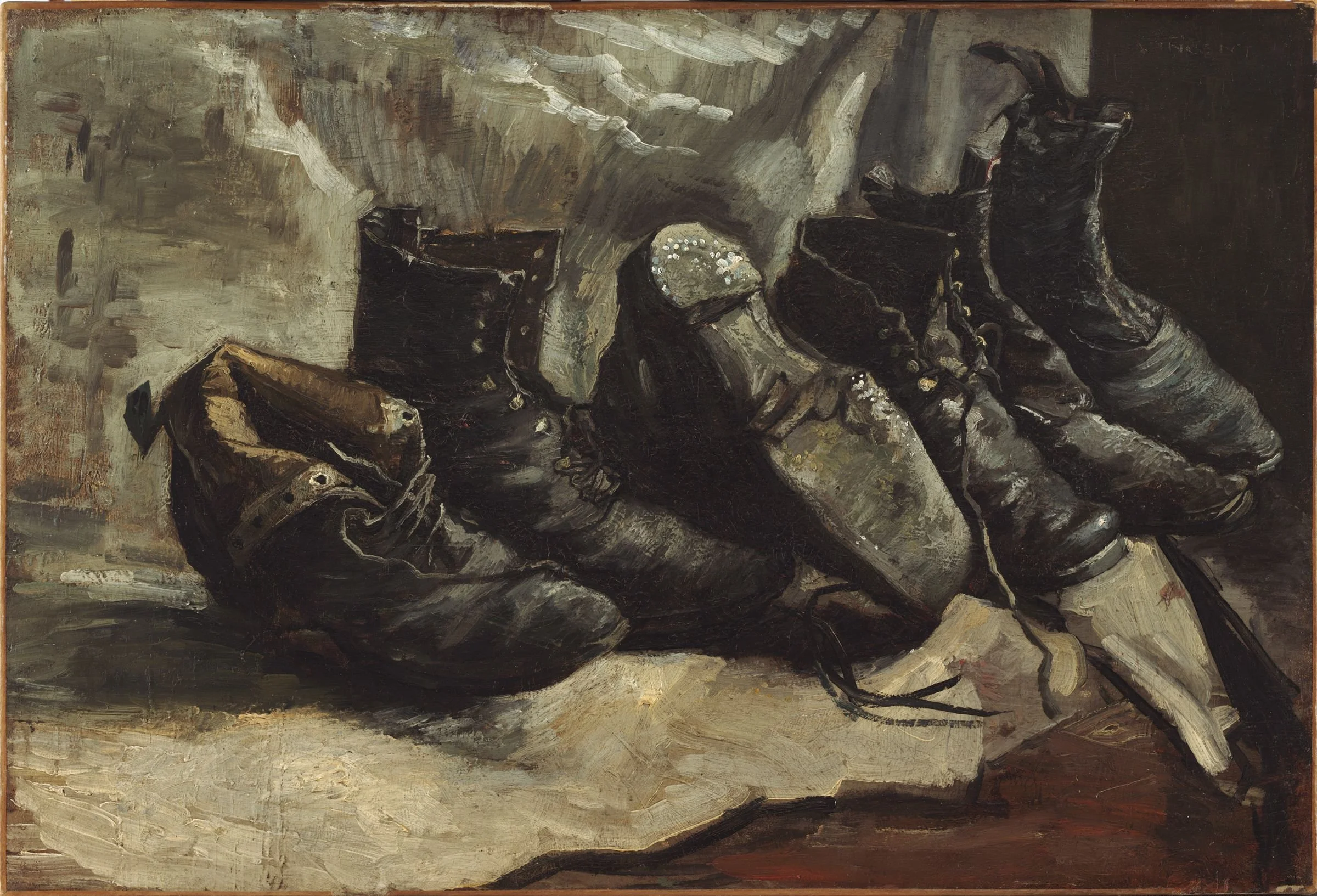The Art of Selecting Art
A couple of weeks ago a dermatology resident emailed me and asked if he could accompany me as I selected works of art for an upcoming dermatology resident Art & Medicine workshop at the Harvard Art Museums. He was curious to know what went into choosing artwork for these humanities-based workshops. I happily said yes, but then started to reflect on exactly what went into my process of choosing a work of art. I’ve been leading workshops for healthcare providers in museums for almost twelve years and I worked in museum education for over twenty years teaching a variety of groups. How did I choose the objects for these sessions? It has almost become intuitive now.
As I reflected on this question, I realized there are four main elements that I factor into selecting a work of art for these programs.
Connection to the goals and activities
A diversity of artists and artwork
Accessible to the audience
Location, location, location
Harvard Art Museums
Connection to the Goals and Activities
As any educator knows, your program always starts with your learning goals. What do you hope your audience will take away from their experience? The artwork that you choose also needs to support these goals. Are you looking for a piece that will generate conversation and discussion? Then a narrative work with a lot of detail could be a good choice. Are you looking to foster self-reflection? Then an abstract work of art can be helpful because interpretation is often left up to the viewer. Or are you looking for a piece that can be part of a sketching activity that focuses on teambuilding? Since most of your participants are not artists and sketching might be intimidating at first, you want to select artwork that your participant feels comfortable sketching. Your goals and related activities are always the starting point when choosing art.
Harvard Art Museums. Nina Chanel Abney, Four Stops
Diversity of Artists and Artwork
Over the course of a workshop, your group will only see a fraction of what the museum has on view, so it’s important to be intentional about the artists and art you highlight during this experience. Artists of color and women artists are traditionally underrepresented in the art history canon and therefore museums, so I like to take this opportunity to highlight the pieces that are in museums for participants. It’s also an opportunity to introduce people to artists and artwork with which they might be less familiar. Related, I want my audience to also see themselves represented in the artwork, so I look for pieces that have a diversity of subjects. Finally, museums display a variety of techniques from paintings to sculpture to prints, just to name a few. Choosing artwork so that participants can experience this variety is important to consider as well. A variety of techniques provides participants multiple entry points into learning about art and making personal connections.
Harvard Art Museums. Vincent Van Gogh, Three Pairs of Shoes
Accessible to your Audience
In addition to knowing your learning goals, it’s always important to know your audience. Are you working with beginning viewers or is this a group that likes to be challenged? How will your audience be interacting with the artwork? Are they having a discussion? Are they sketching? All of these considerations factor into selecting a work of art. For example, for beginning viewers, I might select a piece that has a lot of content and detail, so that there are many things for them to notice and observe. For those that like a challenge, I might select an enigmatic still life or abstract piece. You always want your participants to be successful in their experience. Frustration leads people to shut down in their learning experience. Another important consideration is how the content of the piece will connect with your audience. I spend time imagining how the conversation might go, the questions participants might have, and areas they may focus on.
Harvard Art Museums
Location, Location, Location
Finally, like good real estate, location is key. If you have a group of twelve people looking at small work of art in a tiny corner of the gallery, no one is going to be able to fully participate because they cannot see well. Similarly, if you choose a piece that’s in a busy hallway, distractions are going to take over. Find a work of art that is large enough for people to see well and in a space where they can all gather around and take time to really slow down and observe without being distracted in various ways.
Much of artwork selection for the experienced museum educator is still intuitive and also dependent on what’s on view in the museum galleries. Each museum educator may have a different list of what they take into consideration when choosing works to talk about. Taking a step back to intentionally reflect on this process was a good exercise for me. The 4 ingredients I outlined in my selection process are always a part of how I choose artwork and depending on the workshop other selection criteria might come into play as well. I hope that the steps I use can be a guide for others who are looking to incorporate more artwork into their teaching. Special thanks to Michael Yardman-Frank for asking this question and the engaging conversations we had at the Harvard Art Museum that prompted this blog.
Brooke DiGiovanni Evans
Director of Visual Arts Education, Brigham & Women’s Hospital





